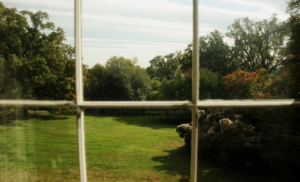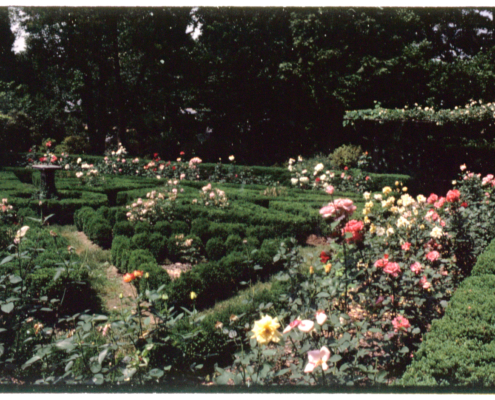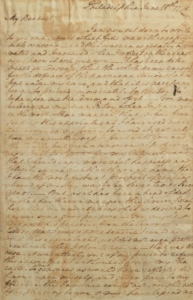Tudor Place Family Hero: George Peter and the War of 1812
In the state of Maryland, every September 12 is Defenders Day, commemorating a crucial American victory in the War of 1812. The Battle of Fort McHenry helped reverse American losses and also inspired a British prisoner’s poem that became our national anthem. It also recalls a hero with ties to Tudor Place who, less than a month before, had defied U.S. Army superiors to fight the calamitous British attack on Washington.
Tudor Place founder Thomas Peter had no fancy for a military life, but his brother George Peter (1779-1861) did. On August 24, 1814, Major Peter commanded a light artillery company that was one of the few to return fire at Bladensburg, Maryland, slowing the British advance on Washington. As the British tried to cross Turncliffe’s Bridge, they met crossfire from Peter’s Commodore Joshua Barney’s batteries (story begins page 8 at the link). Though taking vicious fire, Peter defied early orders to retreat before finally capitulating. The British burned the capital that afternoon and night.
During a long life of military and public service, George became the most publicly known Peter family member. His first “enlistment” came at age 15, when he ran off to join Maryland’s Whiskey Rebellion. (His parents sent an emissary to retrieve him.) Later commissioned by George Washington into the U.S. Army, he attained the rank of major before seeking election to the U.S. House of Representatives, ultimately serving several terms there and in the Maryland House of Delegates. His legacy and the legacy of the War of 1812 are reflected at Tudor Place in Peter’s artifacts (including a rare “square” piano he purchased for his daughter), in Peter family correspondence and activism relating to the war, and in the family’s relationship with anthem-author Francis Scott Key.
Even the very names of the property’s owners reflect the war’s impact. George Peter named his son Armistead for one of his favorite lieutenants. A medical doctor, Armistead Peter married his Tudor Place cousin, Thomas Peter’s granddaughter Martha Custis Peter. Their son and grandson, the Armistead Peters, Jr. and 3rd, later inherited and stewarded the family’s storied estate.
- Learn more about Tudor Place denizens and history in our Reading Room.













